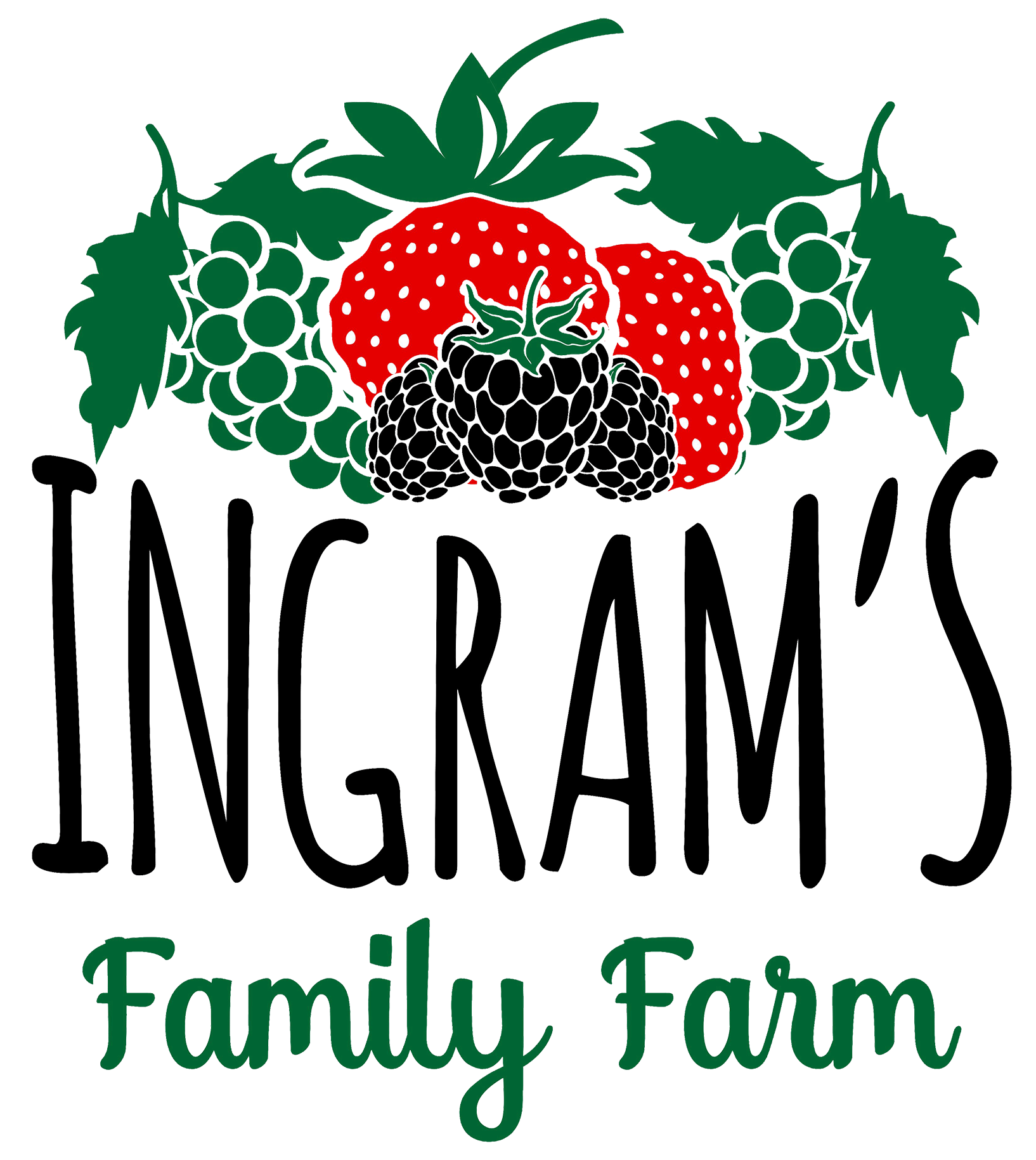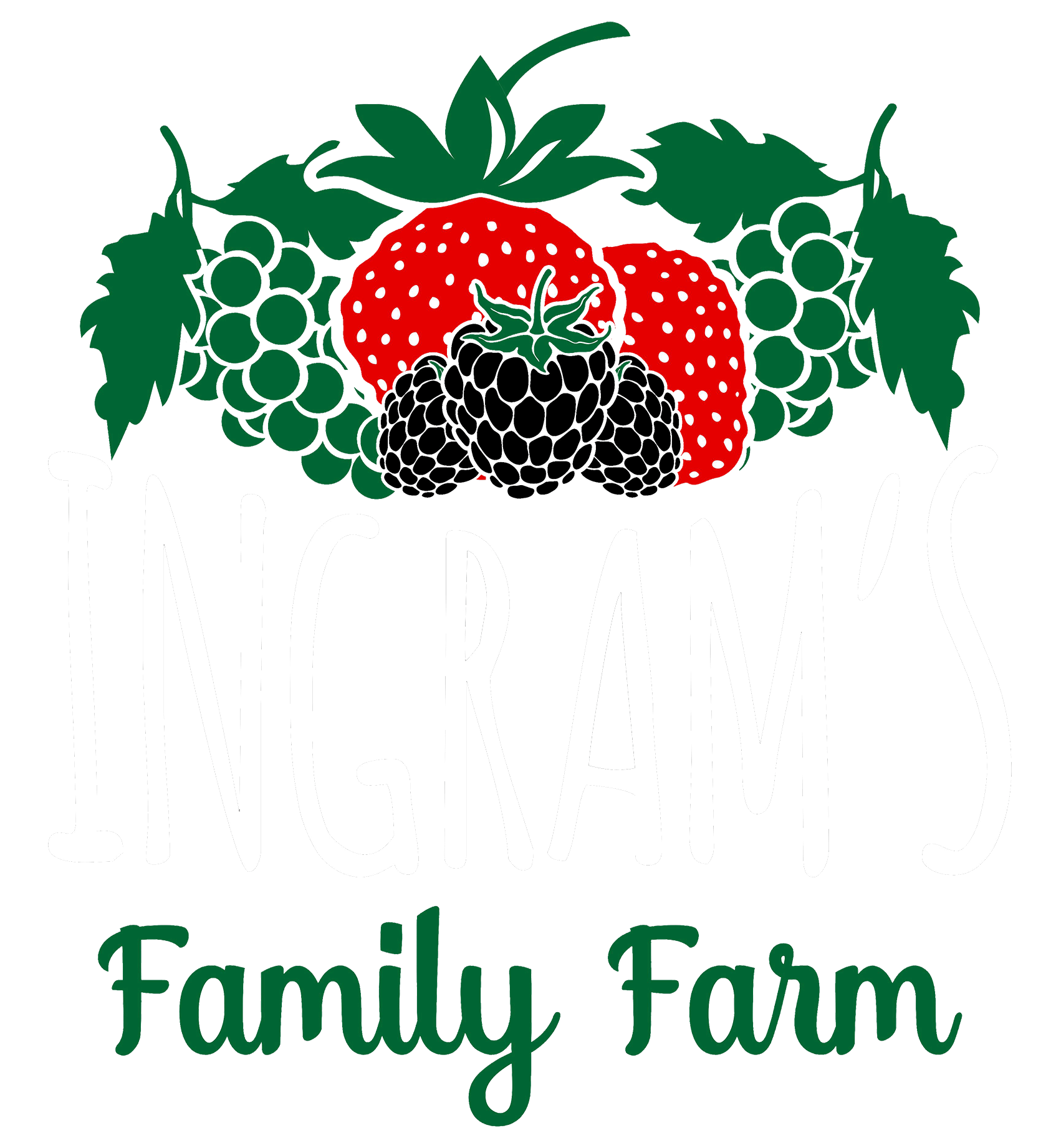Broadway musicals are known for their dazzling sets, elaborate costumes, and creative stage design. But did you know that some of the most innovative set designers are turning to an unlikely source for inspiration—vegetables? Yes, vegetables have found their way into the world of Broadway, not just as props but as actual components of the set design itself. Let’s explore how vegetables are being used to create stunning and unique set pieces on the Great White Way.
The Rise of Sustainable Set Design
As sustainability becomes an increasingly important concern in the arts, many Broadway productions are looking for ways to reduce their environmental impact. One solution has been to incorporate natural, biodegradable materials into set designs. Vegetables, with their organic shapes, vibrant colors, and natural textures, offer a creative and eco-friendly way to bring a set to life.
Using vegetables as set materials allows designers to craft visually stunning pieces while also minimizing waste. After the show, these organic materials can be composted or used in other sustainable ways, making them a perfect fit for environmentally conscious productions.
How Vegetables Are Used in Set Design
The use of vegetables in Broadway set design goes beyond simple decoration. Here are some of the innovative ways that designers are incorporating vegetables into their sets:
- Vegetable Gardens: Some productions have integrated real vegetable gardens into their set designs. These living sets bring a sense of freshness and vibrancy to the stage, with plants like tomatoes, cucumbers, and lettuces growing in real time. The gardens can serve as both a functional part of the show and a symbolic representation of themes like growth and renewal.
- Sculptural Elements: Larger vegetables such as pumpkins, gourds, and cabbages can be used as sculptural elements on stage. These natural forms provide a whimsical and organic look, especially in fantasy or nature-themed productions. Designers can carve, stack, and arrange the vegetables to create eye-catching shapes and structures.
- Textural Backdrops: Vegetables with interesting textures, such as corn husks, kale leaves, or carrot tops, can be used to create textured backdrops. These materials add depth and dimension to the set while providing a natural, earthy aesthetic. By using a variety of vegetables, designers can create a rich and dynamic environment that enhances the visual storytelling of the musical.
- Lighting Effects: Certain vegetables can be used in conjunction with lighting to create dramatic effects. For example, translucent slices of root vegetables like beets or radishes can be backlit to create glowing, stained-glass-like panels. These illuminated pieces add a touch of magic and wonder to the stage.
Examples of Vegetable-Inspired Broadway Productions
Several Broadway productions have embraced the use of vegetables in their set designs. One notable example is a recent revival of a beloved musical that featured a garden-themed set, complete with real vegetables growing in planter boxes on stage. The vibrant colors of the plants contrasted beautifully with the more traditional set elements, creating a striking visual experience for the audience.
In another production, designers used a variety of gourds and pumpkins to create a fantastical landscape, transporting the audience into a world where nature and fantasy intertwined. The use of vegetables added an element of surprise and delight, making the set feel both fresh and imaginative.
The Future of Vegetable Set Design on Broadway
The trend of using vegetables in set design is likely to grow as more productions embrace sustainability and seek out new ways to innovate. Vegetables offer endless possibilities for creative expression, from their diverse shapes and colors to their symbolic meanings in various cultures. As Broadway continues to push the boundaries of design and storytelling, we can expect to see even more inventive uses of vegetables on stage.
A Fresh Take on Set Design
Using vegetables in Broadway set design is a fresh and exciting way to bring sustainability and creativity to the stage. From living gardens to sculptural elements, vegetables provide designers with a versatile and eco-friendly material to work with. As this trend continues to grow, we can look forward to seeing more imaginative and vegetable-filled sets that captivate audiences and contribute to a greener future for the arts.

